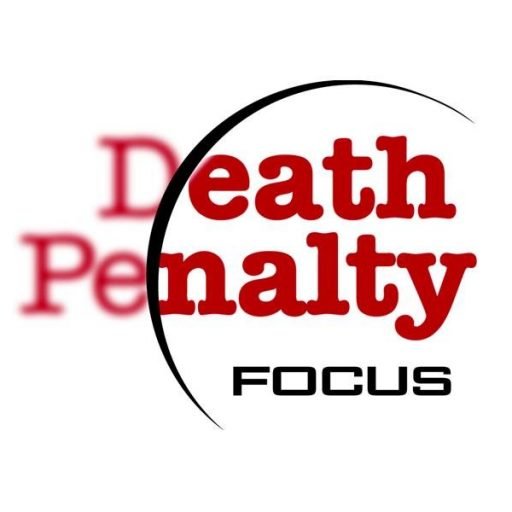Proposition 66 was passed by popular vote in 2016. Proponents insisted the proposition would speed up the process of capital trials and executions. It was big on promises, and short on details, but a slim majority — 51% — of Californians voted in favor of it.
As a result, the California Judicial Council, under the auspices of the Chief Justice of the California Supreme Court, created rules implementing Proposition 66, scheduled to take effect April 25th. The rules were created to extract the California Supreme Court from most involvement with capital habeas corpus. As we explained in Part I, under 66, rather than the Supreme Court, qualification and appointment of habeas corpus counsel is now the responsibility of the superior court judge who conducted the trial. And now, rather than the Supreme Court, habeas corpus petitions in capital cases are filed and litigated in superior courts. (California has 58 superior courts, one in each county.)
Petitions of capital defendants, even those whose cases have been fully briefed in the Supreme Court, have been or will soon be transferred back to the superior court for determination of their constitutional claims. Cases of defendants without habeas corpus counsel will be transferred to superior courts for appointment of habeas corpus counsel. Appointed counsel is then required within one year to file their habeas corpus petition.
The burden on county courts will be substantial and the impact on those courts varies depending on the number of capital cases from that county. Death penalty cases are not evenly distributed by county. A 2016 study showed that nearly half (48%) of all California death sentences came from just three counties: Los Angeles County (233 death sentences for 31% of the statewide total), Riverside County (89 death sentences for 12% of the statewide total), and San Bernardino County (40 death sentences for 5% of the statewide total).
Proposition 66 mandates all capital habeas corpus cases be transferred to superior courts. Following the Prop 66 timeframe, the effect on the courts could be devastating to local access to justice. The same 2016 study also illustrates the percentage of judicial resources that under Proposition 66 could be occupied by death penalty habeas corpus cases.
Few counties have budgeted for court, staff, and counsel time and cost. But under the rules effective April 25, counties will begin to incur the cost of adding resources, and be faced with the inevitable backlog of what was supposed to be a “streamlined” justice system.
DPF Board Member Nancy Haydt is a death penalty lawyer.



